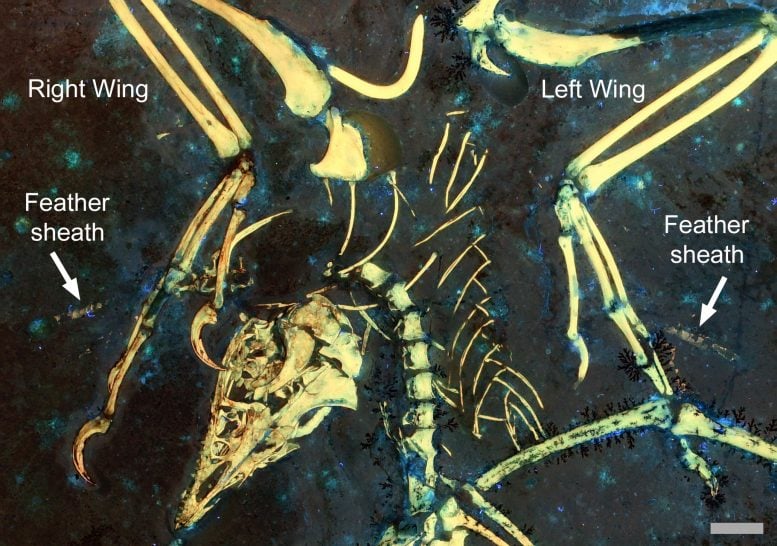
Remnants of feather sheaths on the wings of the fossil bird Archaeopteryx, shows the earliest evidence of a complex moulting strategy. The white arrows indicate the feather sheaths. Scale bar is 1 cm. Credit: Kaye et al. 2020
Research reveals earliest flight-related molting strategy in 150-million-year ancient bird.
Flying birds molt their feathers when they are old and worn because they inhibit flight performance, and the molt strategy is typically a sequential molt. Molting is thought to be unorganized in the first feathered dinosaurs because they had yet to evolve flight, so determining how molting evolved can lead to better understanding of flight origins.
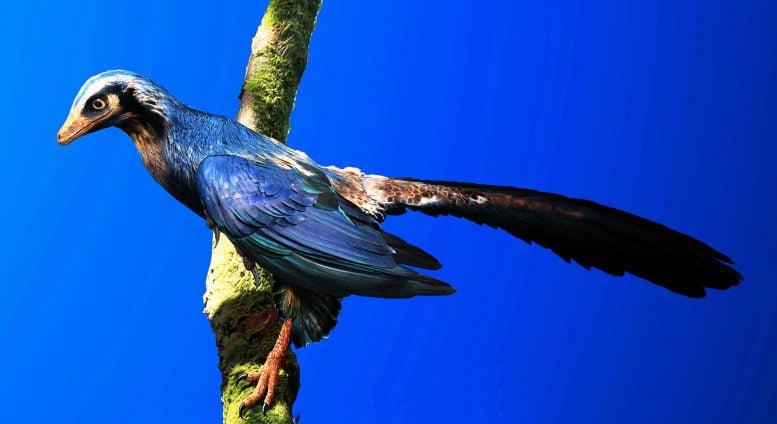
Life reconstruction of Archaeopteryx, the iconic early bird from the Solnhofen Limestones in southern Germany. Credit: Julius T. Csotonyi.
However, evidence of the transition to modern molting strategies is scarce in the fossil record. Recently, Research Assistant Professor Dr. Michael PITTMAN from the Research Division for Earth and Planetary Science, as well as Vertebrate Palaeontology Laboratory, at the Faculty of Science of the University of Hong Kong (HKU), Thomas G KAYE of the Foundation for Scientific Advancement (Arizona, USA) and William R WAHL of the Wyoming Dinosaur Center (Wyoming, USA), jointly discovered the earliest record of feather molting from the famous early fossil bird Archaeopteryx found in southern Germany in rocks that used to be tropical lagoons ~150 million years ago. The findings were published in Communications Biology.
Archaeopteryx molting strategy used to preserve maximum flight performance
The most common molt strategy in modern birds is a sequential molt, where feathers are lost from both wings at the same time in a symmetrical pattern. The sequence of feather loss follows two different strategies: The first strategy is a numerically sequential molt where feathers are lost in numerical order and is the most common among passerines birds, also known as songbirds and perching birds; the second strategy is a center-out strategy where a center feather is lost first, and then subsequent feathers are shed outwards from this center point; this is more common in non-passerine birds such as falcons. This strategy minimizes the size of the aerodynamic hole in the wing, which allows falcons to better maintain their flight performance during the molt for hunting.
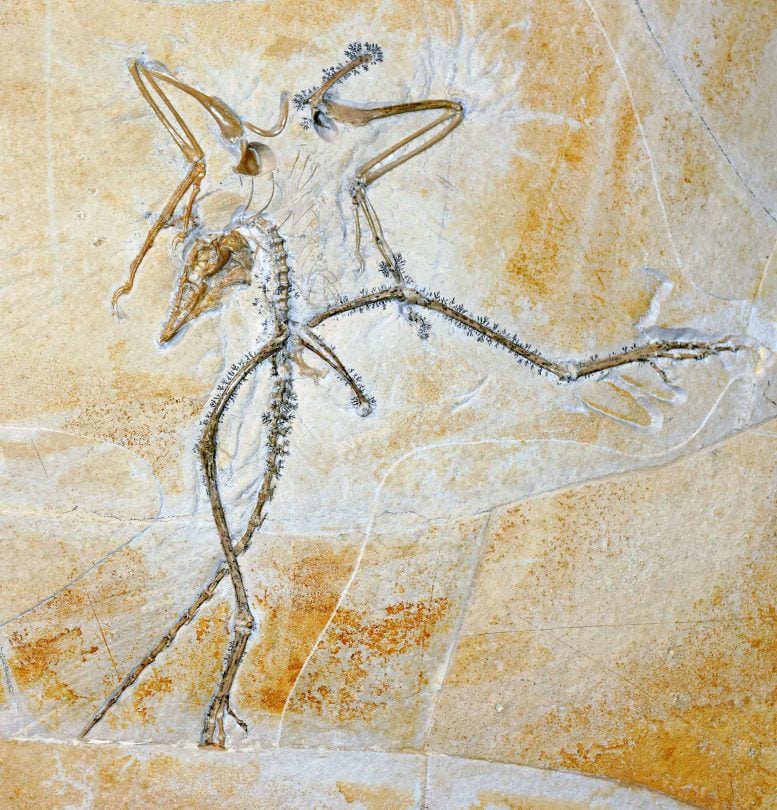
The Thermopolis specimen of Archaeopteryx. This famous early fossil bird is on display at the Wyoming Dinosaur Center in Wyoming, USA. Credit: Kaye et al. 2020.
Laser-Stimulated Fluorescence imaging co-developed at HKU revealed feather sheaths on the Thermopolis specimen of Archaeopteryx that are otherwise invisible under white light. “We found feather sheaths mirrored on both wings. These sheaths are separated by one feather and are not in numerical sequential order. This indicates that Archaeopteryx used a sequential center-out molting strategy, which is used in living falcons to preserve maximum flight performance,” said Kaye. This strategy was therefore already present at the earliest origins of flight.
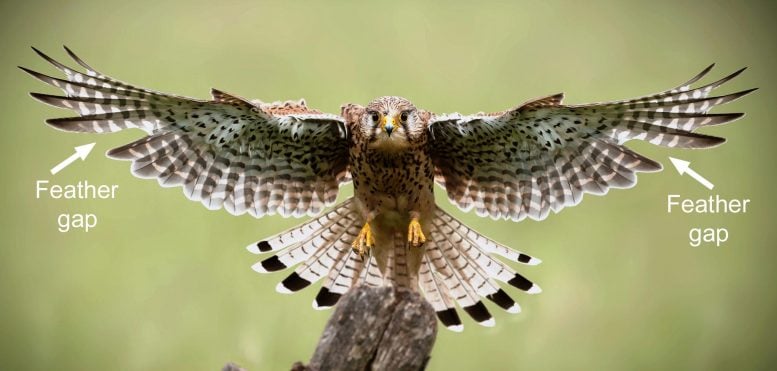
Predatory bird undergoing moulting. The white arrows indicate the feather gaps. Credit: Shutterstock
“The center-out molting strategy existed in early flyers and would have been a very welcome benefit because of their otherwise poor flight capabilities. They would have appreciated any flight advantage they could obtain,” said Pittman. “This discovery provides important insights into how and when birds refined their early flight capabilities before the appearance of iconic but later flight-related adaptations like a keeled breastbone (sternum), fused tail tip (pygostyle), and the triosseal canal of the shoulder,” added Pittman.
Reference: “Archaeopteryx feather sheaths reveal sequential center-out flight-related molting strategy” by Thomas G. Kaye, Michael Pittman & William R. Wahl, 8 December 2020, Communications Biology.
DOI: 10.1038/s42003-020-01467-2
This study is part of a larger long-term project by Pittman and Kaye and their team of collaborators to better understand the origins of flight.
The paper ‘Archaeopteryx feather sheaths reveal sequential center-out flight-related molting strategy’ is published in Communications Biology.

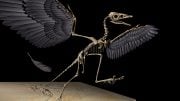
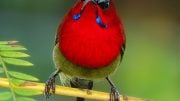
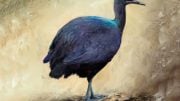
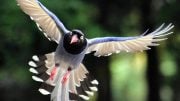
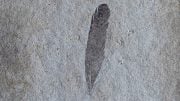

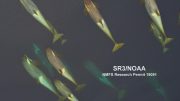

Very Interesting.
Reimagining the Future of the Flying Machines.
Some Thoughts for Consideration.
1. Fuel – Non-Fossil Fuel Based.
2. Materials used to build these Gaint Flying Machines to be reimagined and adjusted so that Flight aerodynamics are optimized with AI based Software. If 50% of Tesla is Software , why can’t Boeing build more modern Flying Machines with 50% plus Software? The Tesla of the sky! Such new self-repairing materials can emulate molting strategy and ensure that the wear and tear on materials used (both aitframe & all other materials used in the construction of these modern day wonders) —use similar strategies —without shedding feathers. Wouldn’t that be a feather in their caps!